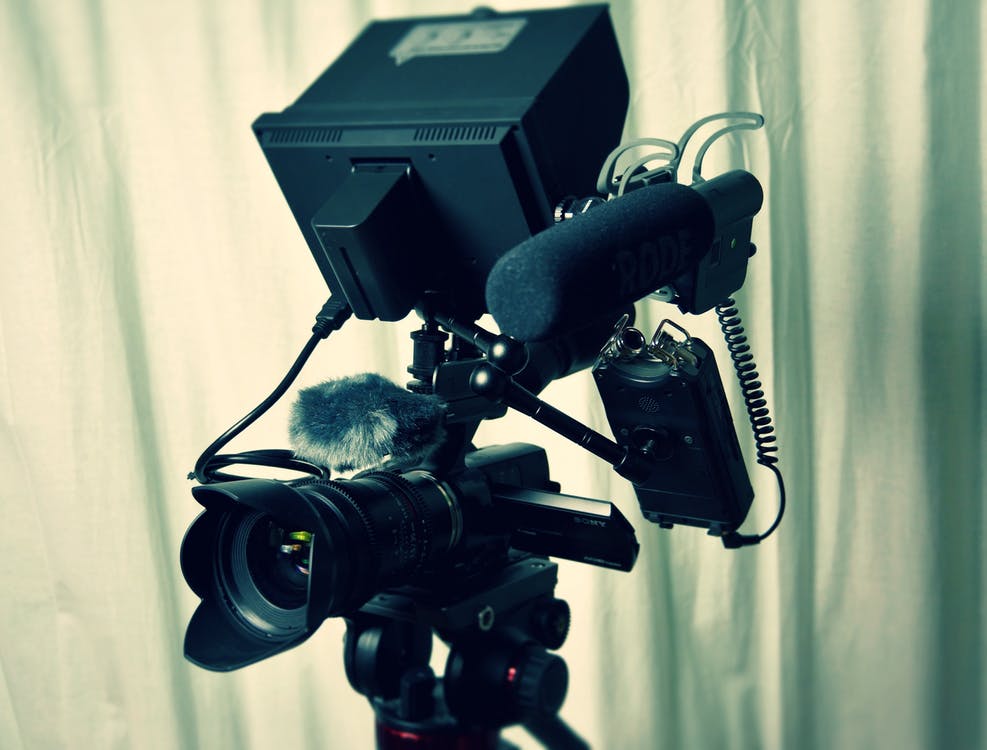
They say that most of what you see is what you hear.
it doesn't matter how good your images are, if the audio is bad your video will seem very amateurish and the viewer will drop out. People are generally accepting of some shoddy video, but as soon as the audio is off there is no forgiveness.
Capturing perfect audio can be a serious challenge. There are many mitigating factors when you shoot that can determine whether your audio is good or bad. External noise, the mic you use, how close you are to the subject are all important factors to keep in mind when you are shooting to ensure that your audio is crisp, clean, and clear.
While many filmmakers and video producers take the time when they are starting out to learn about shooting great images, in a lot of cases not nearly enough time is spent learning about audio. YouTuber TravelFeels wants to help you out with these 5 tips for better audio:
Sometimes you can be so consumed with the visuals that the audio falls by the wayside. It is not only important what kind of mic you use, but also how you use it. Here are the tips from the video:
First off, make sure you are using an external mic. While most cameras have microphones built-in, these are usually not great quality mics and capture a very wide range of audio so it wont be very clear and will be muddled with background noise. Invest in a shotgun or wireless lav mic to make sure that you are getting the best audio that you can. Mics can be pretty expensive, but you don't have to spend a lot to get something that is better than that built-in microphone.
Next, choose the right mic for the situation you are working in. This can be determined by a few factors including the location you're shooting in, the shot length and what audio you want to capture. If you are working in a long wide shot and want to capture what a person is saying it would be best to use a lav mic, but if you are close up and not worried about the background noise that much, a shotgun mic will do the trick.
Make sure that no matter what mic you are using that you get it as close to the subject as possible. If you are using a shotgun make sure that it is close and directed towards the person speaking or sound you want to capture and if you are using a lav just make sure to clip it close up so that the audio sounds full and rich.
Make sure when you are recording that your audio isn't over-modded. A good rule or thumb is not to go above -12db on your monitor, but if your camera doesn't show db's then just make sure it stays in the green and doesn't stray into the red. Remember you can always raise low audio in the edit, but there isn't much you can do about audio that's too loud and distorted (but make sure it's not too low, you want to hit the sweet spot in the middle).
Lastly, and most importantly, always monitor your audio while you are shooting. Have your best headphones ready and listen as you are shooting to make sure that nothing unexpected happens with the audio because by the time you get to the edit, it's most likely too late to do anything about it.
Got any other audio tips? Let us know in the comments.
Learn all about capturing audio with our audio course.


